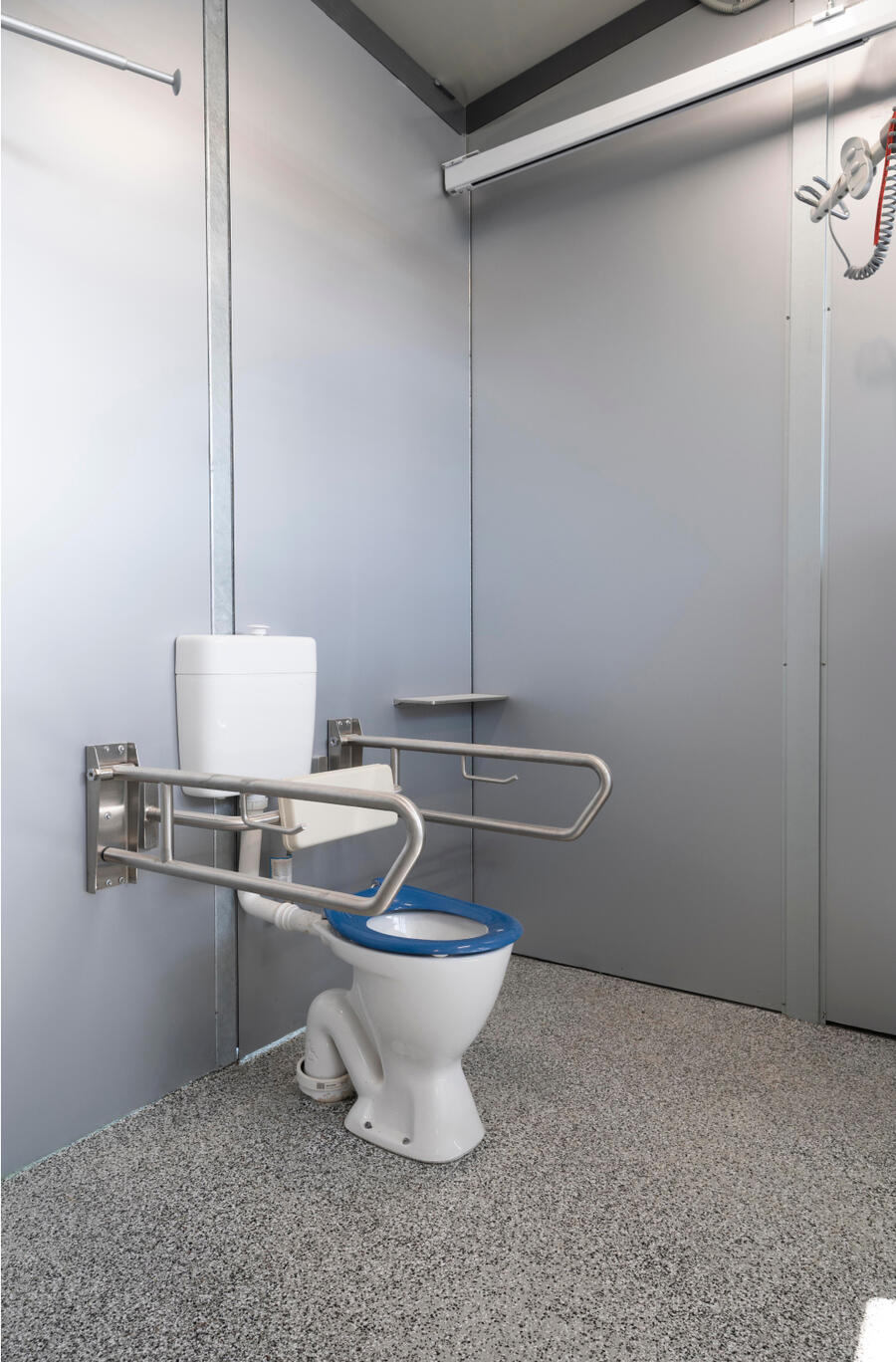
AS1428 compliant public toilet buildings
Universal access to public restrooms for all levels of mobility
Compliance and why it matters
When it comes to public toilet design and construction, compliance is not optional—it’s critical. Failing to meet essential standards like AS1428 can result in costly delays, compliance issues, and even jeopardize the usability of your facilities. Without proper attention to these guidelines, your project could face long-term operational problems or even legal challenges. At Modus Australia, we specialise in delivering compliant, sustainable public restroom and toilet buildings across Australia, ensuring that your project meets every regulation from the start, giving you peace of mind and protecting your investment.
AS1428 and why it’s crucial for public toilet design in Australia
AS1428 Access and Mobility Standards are at the heart of every public toilet we manufacture and design. These standards ensure that public restrooms, whether in remote rest stops, public open spaces, or urban areas, are accessible to all members of the community, including those with disabilities.
Our compliance with AS1428 guarantees that every modular washroom and prefabricated toilet block we construct supports accessibility, no matter where it’s installed.
Decades of compliance expertise
With over 30 years of experience in public toilet construction and design, we’ve navigated evolving standards and regulations to ensure that our projects not only meet but exceed compliance requirements. From Changing Places toilets in Australia to anti-vandalism and CPTED considerations, we’ve seen it all and adapted to ensure we remain leaders in public restroom manufacturing.
The latest version of AS 1428:2021 includes detailed requirements, and we ensure our prefabricated modular toilet blocks and public restroom designs incorporate these updates. Below is an example of a grab rails compliance to give you insight into the depth of detail:
Grabrails compliance from AS 1428.1:2021
Grabrails shall be in accordance with the following:?
(a) Grabrails shall be not less than 30 mm and not more than 40 mm outside diameter; or they shall have a sectional shape within the limits of 30 mm to 40 mm diameter. (b) Exposed edges and corners of grabrails shall have a radius of not less than 5 mm. (c) The fastenings and the materials and construction of grabrails shall be able to withstand a force of 1 100 N applied at any position and in any direction without deformation or loosening or rotation of the fastenings or fittings. (d) The clearance between a grabrail and the adjacent wall surface or other obstruction shall be not less than 50 mm and not more than 60 mm. The clearance above a horizontal grabrail shall extend above the top of the grabrail by not less than 600 mm. The clearance below a horizontal or angled rail shall be a minimum of 50 mm except at fixing points. (e) Grabrails shall be fixed so that there is no obstruction to the passage of the hand along the top 270° arc of horizontal and angled grabrails. There shall be no obstruction to the passage of the hand for the full length of vertical grabrails.
NOTE An exposed end of a grabrail is a potential hazard.

As you can see, the specifics and details of meeting compliance can be intricate and complex. This is why it’s essential to partner with a supplier who thoroughly understands these regulations and can ensure your project meets every requirement. Failing to do so could result in accessibility issues, costly retrofits, or even non-compliance penalties down the line.
Reach out to us at info@modusaustralia.com.au or call 1300 945 930 to get your project moving forward with confidence.
Have a project to do?
Planning a toilet building project can be complex but we’re here to help. Reach out or start your project consultation today.

